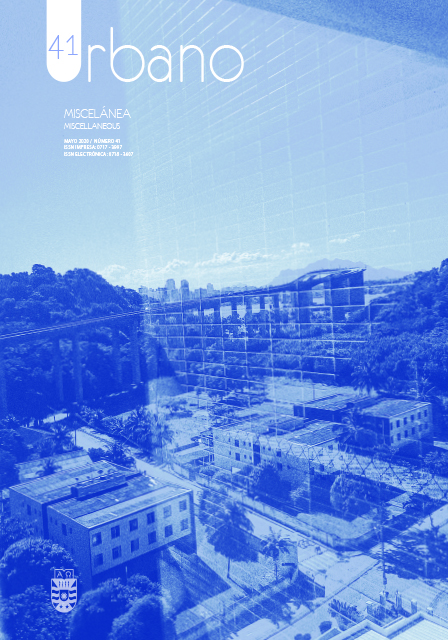COVID-19 CITY: a new inequality in the urban space and time
DOI:
https://doi.org/10.22320/07183607.2020.23.41.00Keywords:
-Abstract
Today, in May 2020, the world finds itself immersed in a global pandemic thanks to the spread of the COVID-19 virus. Its propagation has mainly been produced by air travel between the world’s largest cities, these later acting as land distribution nodes in their countries. The governments, on facing this global situation, have adopted different measures, considering their ideology, health conditions, economic resources and human capital. A diverse set of responses to face a global issue has produced profound changes in the special-temporal reality of cities, unimaginable barely three months ago, and asymmetric in the urban experience of their citizens.
Downloads
References
Published
How to Cite
Issue
Section
License
The content of articles which are published in each edition of Habitat Sustentable, is the exclusive responsibility of the author(s) and does not necessarily represent the thinking or compromise the opinion of University of the Bio-Bio.
The author(s) conserve their copyright and guarantee to the journal, the right of first publication of their work. This will simultaneously be subject to the Creative Commons Recognition License CC BY-SA, which allows others to share-copy, transform or create new materials from this work for non-commercial purposes, as long as they recognize authorship and the first publication in this journal, and its new creations are under a license with the same terms.![]()























